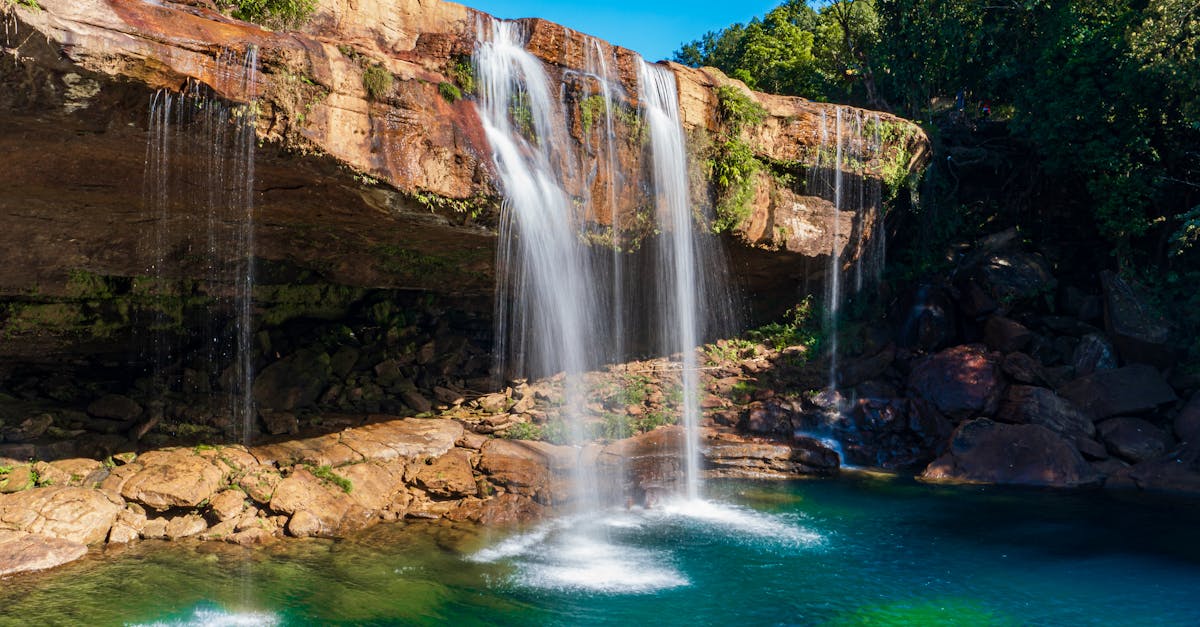
Monuments For Graves
- October 14, 2024
- 4 min Read
- Views 746
Monuments for Graves: Honoring Loved Ones with Timeless Memorials
Setting a memorial for a dearly departed can be a poignant experience. Monuments for graves are crafted markers that help families and friends commemorate their loved ones, providing a physical space for reflection, mourning, and remembrance. These monuments are not merely structures but represent an enduring connection to those who have passed.
Understanding the Significance of Monuments for Graves
Monuments for graves serve both emotional and historical purposes. They are erected as enduring symbols of remembrance, honoring the lives and legacies of individuals. These structures, varying from simple gravestones to elaborate statues, offer a tangible place for family and friends to visit, pay respects, and keep memories alive. Additionally, these monuments provide valuable historical insights, revealing stories of past generations and cultural traditions.
Grave monuments can take various forms and materials, each offering different aesthetic and functional features. Common materials include granite, marble, bronze, and limestone, chosen for their durability and beauty. The choice of material often reflects both personal taste and the environmental conditions of the burial site.
Types of Monuments for Graves
There are several types of monuments for graves, each serving unique purposes and styles:
- Headstones and Tombstones: These are perhaps the most recognizable form of grave monuments. Typically made from stone, they are placed at the head of the grave and can vary from simple plaques to intricate carvings.
- Mausoleums: These are large, often opulent, structures that serve as above-ground burial places. Mausoleums can accommodate multiple family members and are often seen as symbols of reverence and prestige.
- Columbarium: A structure with niches that store cremation urns. Columbariums are practical for urban areas where space is limited.
- Monuments and Statues: Larger and more elaborate sculptures that are often used to depict themes or the deceased’s life story, providing a prominent form of memorialization in cemeteries.
- Flat Markers: These are markers that flush with the ground, often made from granite or bronze. They are less obtrusive but equally significant.
Customizing Monuments for Graves
The personalization of monuments for graves allows families to create a tribute that truly reflects the life and personality of the deceased. Many elements can be customized, including:
- Inscriptions: Engravings on the monument can include the deceased’s name, birth, and death dates, along with meaningful epitaphs or quotes.
- Images and Symbols: Photographs or symbols, such as religious icons or emblems reflecting hobbies and interests, can be included on the surface.
- Shapes and Designs: Beyond the standard shapes, monuments can be sculpted into unique designs that convey specific messages or attributes.
- Material Choices: The chosen material can offer color options, finishes, and stylistic distinctions to align with aesthetic preferences.
Guide: Choosing the Right Monument for a Grave
- Determine Cemetery Regulations: Each cemetery has specific guidelines concerning monument dimensions, styles, and materials that must be adhered to.
- Establish a Budget: Costs can vary widely based on the type, size, and material of the monument. Setting a clear budget will help in making informed decisions.
- Consider the Location: The cemetery’s environment can affect the durability of certain materials, so it is crucial to choose one that withstands local weather conditions.
- Personalize Thoughtfully: Reflect on how best to represent the deceased’s life and legacy. Collaborate with skilled artisans if custom designs are desired.
- Review Manufacturer Credentials: Engage with reputable manufacturers known for quality and craftsmanship to ensure the monument stands the test of time.
Frequently Asked Questions (FAQ)
What materials are most commonly used for grave monuments?
Granite and marble are the most popular due to their durability and aesthetic appeal, while bronze is often used for accent elements.
How long does it take to construct a custom monument?
It can take from a few weeks to several months, depending on the complexity of the design and the materials chosen.
Can monuments be engraved after installation?
Yes, many monuments can be engraved or inscribed after installation to add details such as future inscriptions for family members.
Are there eco-friendly options for grave monuments?
Yes, some manufacturers offer sustainable materials and methods, such as using biodegradable elements or eco-conscious finishes.
Tags
#MonumentsForGraves #GraveMarkers #MemorialDesign #CemeteryArt #PersonalizedGraveMarkers
References
monuments for graves Map
monuments for graves , and more nearby local businesses and places in your town.
People Also View
-
1October 14, 2024
-
2October 01, 2024
-
3October 12, 2024
-
4October 06, 2024
-
5October 06, 2024
Categories
- Near Me 2147 Posts
- How To 548 Posts
- Where To 257 Posts
- Why 90 Posts
- How Much 97 Posts
- Travel 202 Posts
- Food And Drink 815 Posts
- Shopping 797 Posts
- Lifestyle 1050 Posts
- Automotive 364 Posts
- Digital Income 70 Posts








